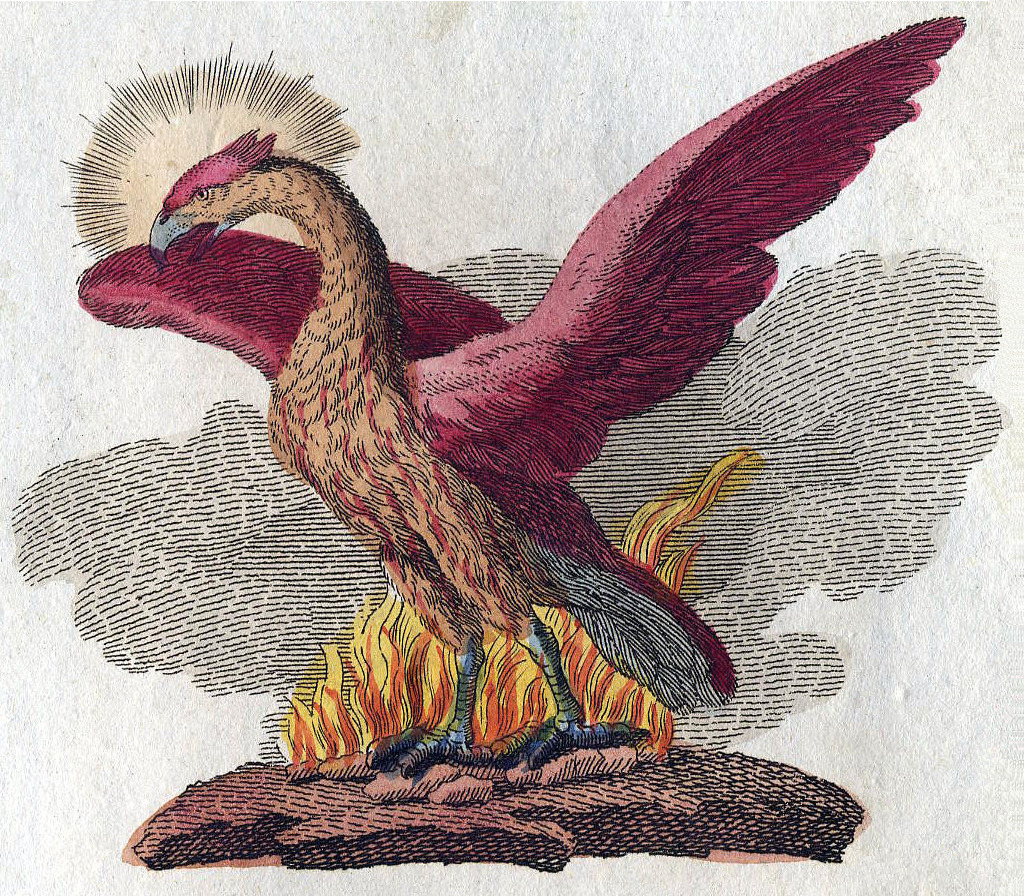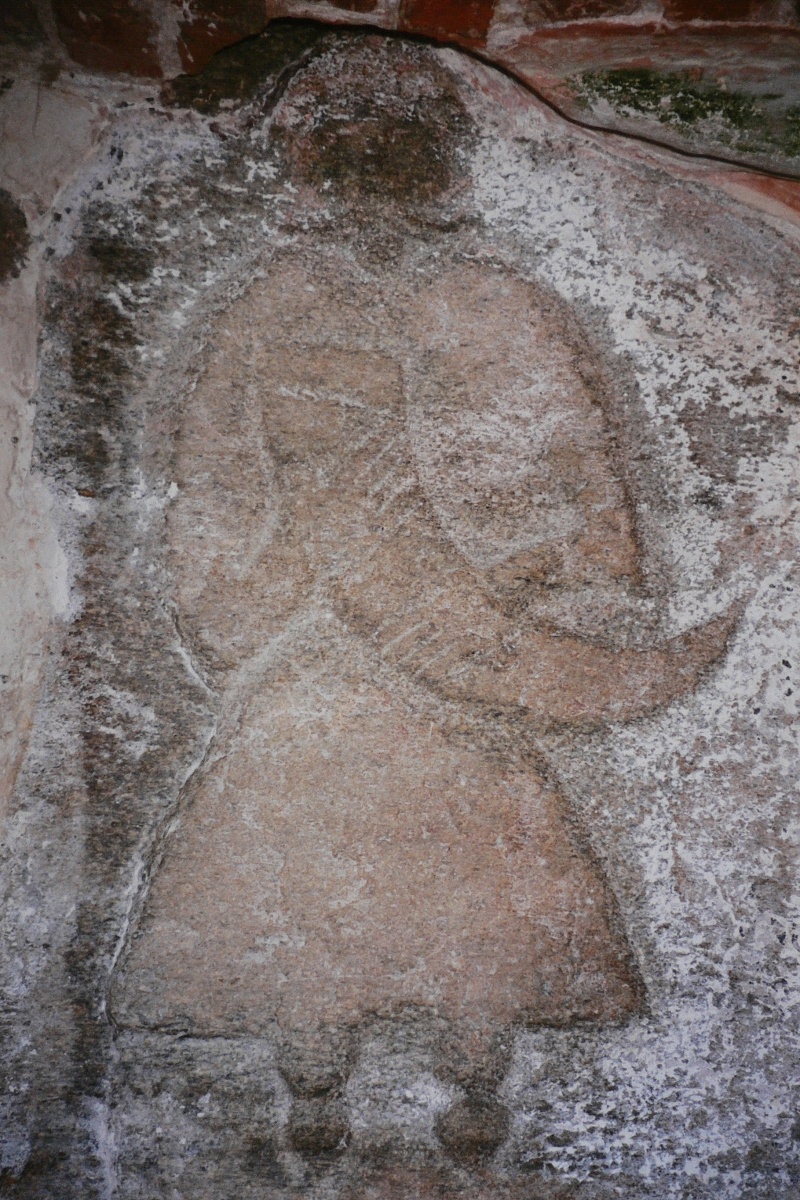|
Raróg
In Slavic mythology (in particular Ukrainian, Czech and Slovak), the Raróg (russian: Рарог) or Raroh is a fire demon, often depicted as a fiery falcon. According to Czech folklore, a raroh can hatch from an egg that was incubated on a stove for nine days and nights, and can appear either as a fiery falcon or a dragon. In Polish folklore, the rarog is a tiny bird that can be held in a pocket, and can bring people happiness. A caldera on Jupiter's moon Io was named Rarog Patera, a massive eruption from which was recorded by the W. M. Keck Observatory and Japan's HISAKI (SPRINT-A) spacecraft on August 15, 2013. The northern cardinal-shaped logo of the Polish video game company CD Projekt is called the Raróg. [...More Info...] [...Related Items...] OR: [Wikipedia] [Google] [Baidu] |
Firebird (Slavic Folklore)
In Slavic mythology and folklore, the Firebird (russian: жар-пти́ца, zhar-ptitsa; uk, жар-пти́ця, ''zhar-ptytsia''; sh-Latn-Cyrl, žar-ptica, жар-птица; bg, Жар-птица, Zhar-ptitsa; mk, Жар-птица, Žar-ptica; pl, Żar-ptak; cs, Pták Ohnivák; sk, Vták Ohnivák; sl, Rajska/zlata-ptica) is a magical and prophetic glowing or burning bird from a faraway land which is both a blessing and a harbinger of doom to its captor. Description The Firebird is described as a large bird with majestic plumage that glows brightly emitting red, orange, and yellow light, like a bonfire that is just past the turbulent flame. The feathers do not cease glowing if removed, and one feather can light a large room if not concealed. In later iconography, the form of the Firebird is usually that of a smallish fire-colored falcon, complete with a crest on its head and tail feathers with glowing "eyes". It is beautiful but dangerous, showing no sign of friendli ... [...More Info...] [...Related Items...] OR: [Wikipedia] [Google] [Baidu] |
Svarog
Svarog is a Slavic god of fire and blacksmithing, who was once interpreted as a sky god on the basis of an etymology rejected by modern scholarship. He is mentioned in only one source, the ''Primary Chronicle'', which is problematic in interpretation. He is presented there as the Slavic equivalent of the Greek god Hephaestus. The meaning of his name is associated with fire. He is the father of Dazhbog and Svarozhits. Etymology This theonym is preserved in several forms, in the ''Primary Chronicle'' as Соварога, ''Sovaroga'', Сварогъ, ''Svarogǔ'', Сварогом, ''Svarogom'', Сварога, ''Svaroga'', and in the ''Sofia Chronograph'' as: Сварог, ''Svarog'', Сварож, ''Svarož''. The fire etymology was one of the first to be proposed by the Slovene linguist Franc Miklošič (1875), who explained the theonym ''Svarog'' as consisting of the stem ''svar'' 'heat', 'light', and the suffix ''-og''. The stem ''svar'' itself was to be derived from an ... [...More Info...] [...Related Items...] OR: [Wikipedia] [Google] [Baidu] |
CD Projekt
CD Projekt S.A. () is a Polish video game developer, publisher and distributor based in Warsaw, founded in May 1994 by Marcin Iwiński and Michał Kiciński. Iwiński and Kiciński were video game retailers before they founded the company, which initially acted as a distributor of foreign video games for the domestic market. The department responsible for developing original games, CD Projekt Red (stylised as CD PROJEKT RED), best known for ''The Witcher'' series, was formed in 2002. In 2008, CD Projekt launched the digital distribution service Good Old Games, now known as GOG.com. The company began by translating major video-game releases into Polish, collaborating with Interplay Entertainment for two ''Baldur's Gate'' games. CD Projekt was working on the PC version of '' Baldur's Gate: Dark Alliance'' when Interplay experienced financial difficulties. The game was cancelled and the company decided to reuse the code for their own video game. It became ''The Witcher'', a video ... [...More Info...] [...Related Items...] OR: [Wikipedia] [Google] [Baidu] |
Simurgh
Simurgh (; fa, سیمرغ, also spelled ''simorgh, simorg'', ''simurg'', ''simoorg, simorq'' or ''simourv'') is a benevolent, mythical bird in Persian mythology and literature. It is sometimes equated with other mythological birds such as the phoenix ( fa, link=no, ققنوس ''quqnūs'') and the humā ( fa, link=no, هما). The figure can be found in all periods of Iranian art and literature and is also evident in the iconography of Georgia, medieval Armenia, the Eastern Roman Empire, and other regions that were within the realm of Persian cultural influence. Etymology The Persian word ''sīmurğ'' () derives from Middle Persian ''sēnmurw''Schmidt, Hanns-Peter (2002)Simorgh'. in Encyclopedia Iranica. (and earlier ''sēnmuruγ''), also attested in Pazend texts as ''sīna-mrū''. The Middle Persian word comes from Avestan "the bird Saēna", originally a raptor, likely an eagle, falcon, or sparrowhawk, as can be deduced from the etymological cognate Sanskrit ''śyenaḥ'' ( ... [...More Info...] [...Related Items...] OR: [Wikipedia] [Google] [Baidu] |
Phoenix (mythology)
The phoenix is an immortal bird associated with Greek mythology (with analogs in many cultures) that cyclically regenerates or is otherwise born again. Associated with the sun, a phoenix obtains new life by rising from the ashes of its predecessor. Some legends say it dies in a show of flames and combustion, others that it simply dies and decomposes before being born again. In the ''Motif-Index of Folk-Literature'', a tool used by folklore studies, folklorists, the phoenix is classified as motif B32.Thompson. (2001: 581). The origin of the phoenix has been attributed to Ancient Egypt by Herodotus and later 19th-century scholars, but other scholars think the Egyptian texts may have been influenced by classical folklore. Over time the phoenix motif spread and gained a variety of new associations; Herodotus, Lucan, Pliny the Elder, Pope Clement I, Lactantius, Ovid, and Isidore of Seville are among those who have contributed to the retelling and transmission of the phoenix motif. Ov ... [...More Info...] [...Related Items...] OR: [Wikipedia] [Google] [Baidu] |
Huma (mythology)
The Huma ( fa, هما, pronounced ''Homā'', ae, script=latn, Homāio), also Homa, is a mythical bird of Iranian legends and fables, and continuing as a common motif in Sufi and Diwan poetry. Although there are many legends of the creature, common to all is that the bird is said never to alight on the ground, and instead to live its entire life flying invisibly high above the earth. There are numerous folk interpretations of the name, among them that of the Sufi teacher Inayat Khan, who supposed that "in the word ''Huma'', ''hu'' represents spirit, and the word ''mah'' originates from the Arabic 'Maʼa' which means water.". Myths and legends The Huma bird is said to never come to rest, living its entire life flying invisibly high above the earth, and never alighting on the ground (in some legends it is said to have no legs).. In several variations of the Huma myths, the bird is said to be phoenix-like, consuming itself in fire every few hundred years, only to rise anew ... [...More Info...] [...Related Items...] OR: [Wikipedia] [Google] [Baidu] |
Bennu
Bennu is an ancient Egyptian deity linked with the Sun, creation, and rebirth. He may have been the original inspiration for the phoenix legends that developed in Greek mythology. Roles According to Egyptian mythology, Bennu was a self-created being said to have played a role in the creation of the world. He was said to be the '' ba'' of Ra and to have enabled the creative actions of Atum. The deity was said to have flown over the waters of Nun that existed before creation, landing on a rock and issuing a call that determined the nature of creation. He also was a symbol of rebirth and, therefore, was associated with Osiris. Some of the titles of Bennu were "He Who Came Into Being by Himself", and "Lord of Jubilees"; the latter epithet referred to the belief that Bennu periodically renewed himself like the sun was thought to do. His name is related to the Egyptian verb ''wbn'', meaning "to rise in brilliance" or "to shine". Depiction The Pyramid Texts, which date to the Old ... [...More Info...] [...Related Items...] OR: [Wikipedia] [Google] [Baidu] |
Hierofalco
The hierofalcons are four closely related species of falcon which make up the subgenus ''Hierofalco'': * Lanner falcon, ''Falco biarmicus'' * Laggar falcon, ''Falco jugger'' * Saker falcon, ''Falco cherrug'' * Gyrfalcon, ''Falco rusticolus'' The black falcon of Australia is occasionally considered allied to the hierofalcons: indeed it seems fairly close to them (Wink et al. 2004). They represent members of their genus which are similar to species like the peregrine falcon in outward appearance, but usually with more phaeomelanins which impart reddish or brown colors, and generally more strongly patterned plumage reminiscent of hawks. Their undersides usually have a lengthwise pattern of dark blotches, lines or arrowhead marks. They hunt usually in level flight, more like goshawks than peregrines with their dive attack or hobby (bird), hobbies with their acrobatic pursuits. Recent DNA sequence data studies have confirmed that the hierofalcons are a monophyletic group—and, inci ... [...More Info...] [...Related Items...] OR: [Wikipedia] [Google] [Baidu] |
Northern Cardinal
The northern cardinal (''Cardinalis cardinalis'') is a bird in the genus ''Cardinalis''; it is also known colloquially as the redbird, common cardinal, red cardinal, or just cardinal (which was its name prior to 1985). It can be found in southeastern Canada, through the eastern United States from Maine to Minnesota to Texas, New Mexico, southern Arizona, southern California, and south through Mexico, Belize, and Guatemala. It is also an introduced species in a few locations such as Bermuda and Hawaii. Its habitat includes woodlands, gardens, shrublands, and wetlands. The northern cardinal is a mid-sized songbird with a body length of . It has a distinctive crest on the head and a mask on the face which is black in the male and gray in the female. The male is a vibrant red, while the female is a reddish olive color. The northern cardinal is mainly granivorous, but also feeds on insects and fruit. The male behaves territorially, marking out his territory with song. During courtshi ... [...More Info...] [...Related Items...] OR: [Wikipedia] [Google] [Baidu] |
Slavic Mythology
Slavic mythology or Slavic religion is the religious beliefs, myths, and ritual practices of the Slavs before Christianisation, which occurred at various stages between the 8th and the 13th century. The South Slavs, who likely settled in the Balkan Peninsula during the 6th–7th centuries AD, bordering with the Byzantine Empire to the south, came under the sphere of influence of Eastern Christianity, beginning with the creation of writing systems for Slavic languages (first Glagolitic, and then Cyrillic script) in 855 by the brothers Saints Cyril and Methodius and the adoption of Christianity in Bulgaria in 863. The East Slavs followed with the official adoption in 988 by Vladimir the Great of Kievan Rus'. The West Slavs' process of Christianization was more gradual and complicated. The Moravians accepted Christianity as early as 831, the Bohemian dukes followed in 845, Slovaks accepted Christianity somewhere between the years 828 and 863, but the Poles accepted it much later ... [...More Info...] [...Related Items...] OR: [Wikipedia] [Google] [Baidu] |
August 15
Events Pre-1600 * 636 – Arab–Byzantine wars: The Battle of Yarmouk between the Byzantine Empire and the Rashidun Caliphate begins. * 717 – Arab–Byzantine wars: Maslama ibn Abd al-Malik begins the Second Arab Siege of Constantinople, which will last for nearly a year. * 718 – Arab–Byzantine wars: Raising of the Second Arab Siege of Constantinople. * 747 – Carloman, mayor of the palace of Austrasia, renounces his position as ''majordomo'' and retires to a monastery near Rome. His brother, Pepin the Short, becomes the sole ruler (''de facto'') of the Frankish Kingdom. * 778 – The Battle of Roncevaux Pass takes place between the army of Charlemagne and a Basque army. * 805 – Noble Erchana of Dahauua grants the Bavarian town of Dachau to the Diocese of Freising * 927 – The Saracens conquer and destroy Taranto. * 982 – Holy Roman Emperor Otto II is defeated by the Saracens in the Battle of Capo Colonna, in Calabria. *1018 &nda ... [...More Info...] [...Related Items...] OR: [Wikipedia] [Google] [Baidu] |


.jpg)





